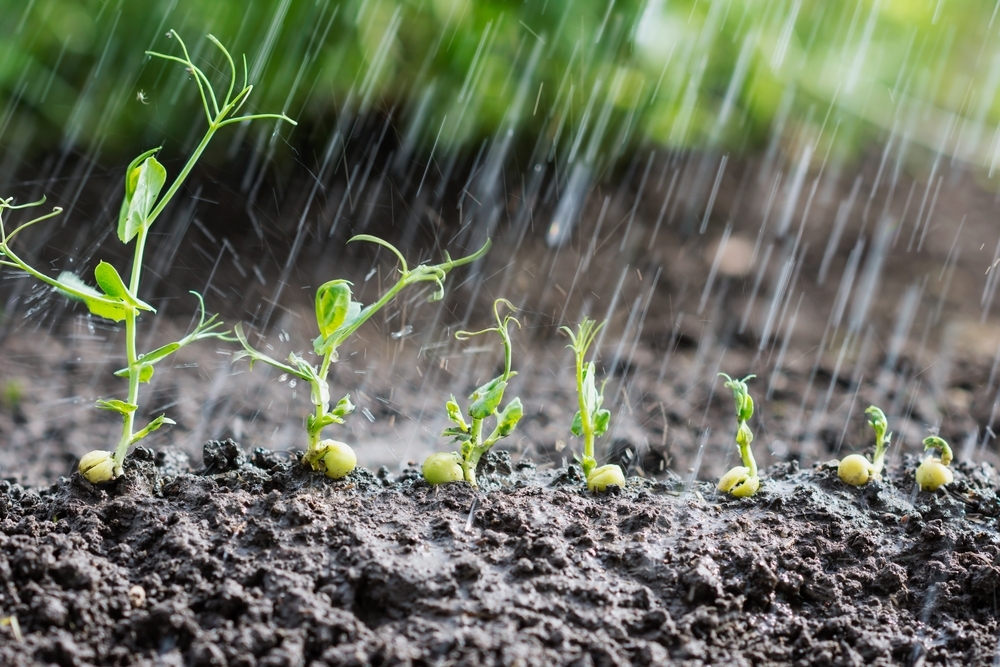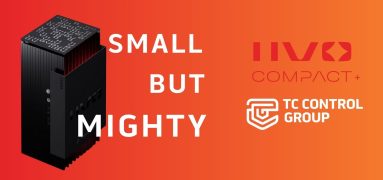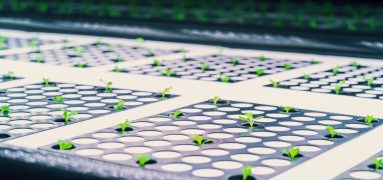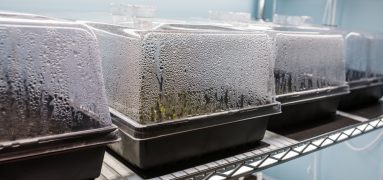Soil Types and How to Irrigate Them

What soil and irrigation have to do with each other
SOIL
Soil: it’s hard to grow anything without it. While dirt is considered to be “dead” and doesn’t contain any nutrients for plants to grow, soil is “alive,” containing minerals, nutrients, worms, and textures that plants love. Most (but not all!) growers have soil at the root of their operation—literally!
Soil comes in four categories/varieties:
- Clay: Clay is made up of very small particles and holds a lot of moisture. Because it holds a lot of water, it also holds a lot of nutrients. However, clay is very difficult to drain and work with.
- Sand: Sandy soil is made of large particles, which allows water to flow more easily through it. Sandy soil does not hold water or nutrients like clay soil does. It drains very quickly.
- Silt: Silt soil is a mix between clay and sand, with medium sized particles and a mid-rate of water retention.
- Loam: Loam, considered the best type of soil for growing, is a mixture of each type of soil with a good balance between moisture retention and ability to drain.
Crops that prefer clay-based soil include flowers and broccoli. Crops that prefer sandy soils include carrots, radishes, and potatoes—basically, any root crops. Herbs also like sand-based soil.
Different types of soil require different types of irrigation.
Something that growers should pay attention to when irrigating is the porosity of their soil. Different soils have different porosity levels. Soil porosity refers to the space between soil’s particles, where water is held.
Although sandy soil has bigger particles and therefore bigger pores, clay soil is actually more porous. This is because clay soil has more pores, which are smaller and offer more surface area for water to latch onto. That’s why clay retains so much moisture and takes a long time to dry out.
Sandy soil, on the other hand, has large pores, which allows water to drain though it easily. Because water runs through it so easily, plants’ roots can soak up the water, minerals, oxygen, and nutrients from it with much less effort than in clay soils.
IRRIGATION
A porous soil such as clay will retain water for a long time—something that growers need to keep in mind when irrigating. And, inversely, a sandy soil will quickly drain water and dry out.
No matter what kind of soil you’re growing in or how you’re irrigating, there are a few factors that you should monitor to ensure that you’re operating at optimum efficiency: your soil water content and your soil matric potential.
Volumetric soil water content (VWC) is how much water is in the soil, measured in % volume.
Soil matric potential (SMP) is how much water is available to your plants. It is measured in kilopascals (kPa). It measures how much pressure your plants need to apply to extract the water from the soil. When the SMP is close to zero, it means that there is a lot of water in the soil, and the plants need very little energy to take it up.
VWC and SMP can be used to figure out how much water is needed to irrigate your crops.
You can monitor your soil moisture levels by using different sensors and technology:
- Tensiometer: measures water potential
- Gypsum Block/Electrical Resistance Block: senses and measures changes in soil moisture levels
- Time Domain Reflectometer: measures soil moisture levels through electromagnetic pulses
Have questions about soil moisture, irrigating different types of soil, or the technology used to monitor your soil’s VWC and SMP? TC Control Group is here to help! Contact us to speak to an irrigation expert and get your soil as happy and healthy as possible.



